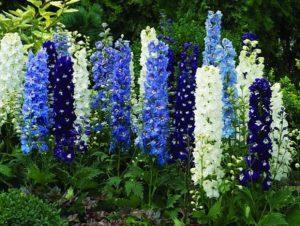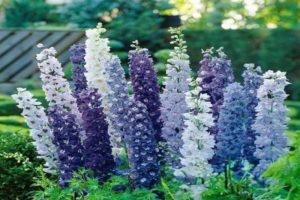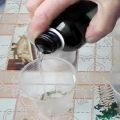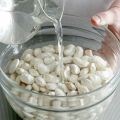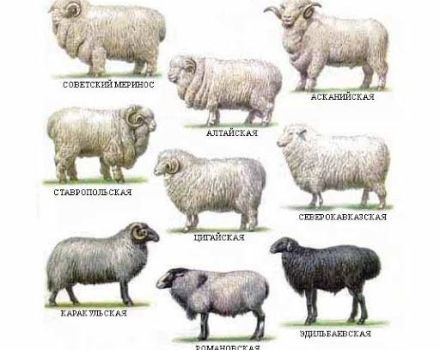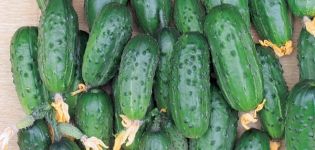Description of varieties of perennial rudbeckia, planting and care in the open field
Rudbeckia is a herbaceous plant belonging to the Astrov family. It grows naturally in North America. There are at least 40 types. Rudbeckia is also popularly called the "Sun Hat" or "Black-Eyed Suzanne". In order to plant and provide perennial rudbeckia with proper care, you do not need much effort.
Features of perennial culture
The stems of this flower are simple, but rather long, they can grow up to 2 meters in height. Some wild species grow up to 3 meters. The leaves of the plant are large, pinnately dissected. Rudbeckia has inflorescences-baskets. They often reach 15 cm in diameter. After flowering, fruits appear, they are small seeds with a dark color.
Popular varieties for planting in the garden
The flowers of this plant have a bright sunny color and a dark contrasting core. There are many varieties, but some are especially popular among gardeners.
Golden ball
This variety got its name from its appearance. Its inflorescences are spherical and bright yellow. During the flowering period, the plant is literally strewn with inflorescences. They have a diameter of 8-12 cm. The flowering period begins in mid-summer and continues until the first frost. The foliage of this rudbeckia is not too large, deeply pinnately dissected.
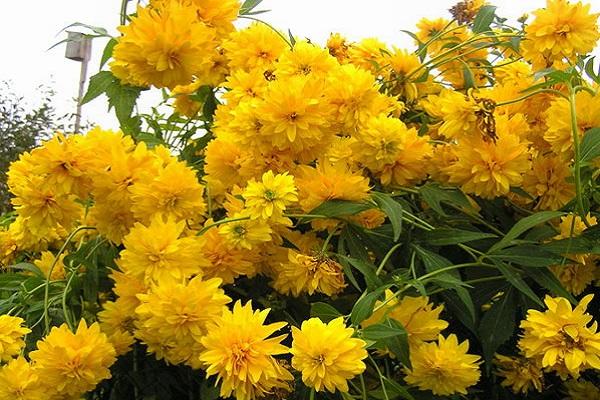
Hairy
Hairy rudbeckia, although perennial, does not tolerate severe frosts well. Therefore, it is often grown as an annual plant. This variety is also called Hirta rudbeckia. The flowers have a bright yellow color, gradually turning into a brownish hue, with reed petals and a violet-brown middle.
The variety got its name because of the drags that cover both the stem and the petals of the bush. The diameter of the flowers is up to 10-12 cm. The bushes do not grow above 1 meter.
Beautiful
This variety is also called beautiful rudbeckia. It has a height of up to 60 cm.The flowers are orange in color with ligulate petals, as well as black-brown tubular flowers with serrated edging, their diameter is 10 cm.Has a strong stem and oblong or rounded leaves. The flowering period lasts 50 to 65 days, starting in July. The variety is resistant to frost and various pests and diseases.
Goldilox
Bush 40-50 cm high, with large double or semi-double inflorescences of bright yellow color with a dark middle. The flowering period begins at the end of June and ends with the onset of frost. The variety is quite thermophilic and develops better in open sunny areas.

Growing conditions
In order to grow rudbeckia, much effort will not be required, but still deciding to plant this flower on your site, you need to know on what soil it will feel better, what kind of lighting, temperature and humidity should be. And, of course, you need to know how to care for rudbeckia so that it develops and pleases with its bright flowering as long as possible.
Requirements for soil composition
These crops prefer the soil slightly acidic or neutral and loose. It must be permeable and fertile. In this case, the plant may well develop on clay soil, provided that sand is added to it. On heavy soil, the bush will develop poorly.
Illumination and place of planting
Rudbeckia prefer open sunny areas, but feel good in semi-shady places. At the same time, in partial shade, flowering will not be as intense. You should not plant the flower in places where the shade reigns most of the day. The best option if the sun shines over the rudbeckia for at least 6 hours a day.
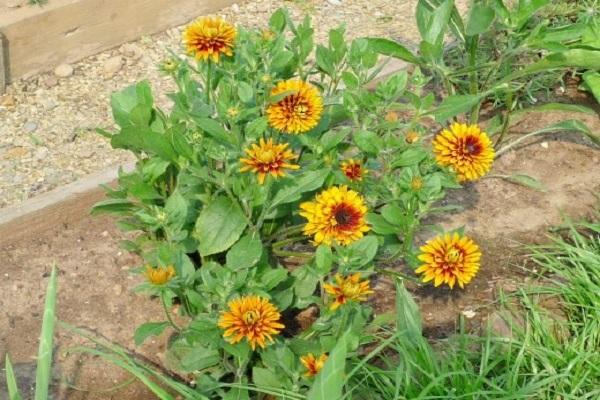
Temperature and humidity
Although this flower prefers sunny areas, it does not tolerate drought. The bush needs regular, abundant watering. Ideal if there is groundwater nearby. A systematic lack of moisture negatively affects the plant. The foliage curls or simply sags, the flowers become smaller and quickly lose their decorative effect.
The temperature regime corresponds to the temperate climatic zone.
The best and worst neighbors of a plant
When choosing neighbors for this flower, you should not stop your choice on low-growing plants, because rudbeckia is quite high and can suppress the growth of nearby plants. Also, you should not plant nearby crops that are damaged by excessive soil moisture, such as roses.
Rudbeckia goes well with annual verbena, especially if it is planted between bushes of sunny flowers. White phlox, blue sage, echinacea and monarda can also be good neighbors. In the fall, they look great with chrysanthemums, gailardia, coreopsis and asters, and cereals are also suitable as neighbors.
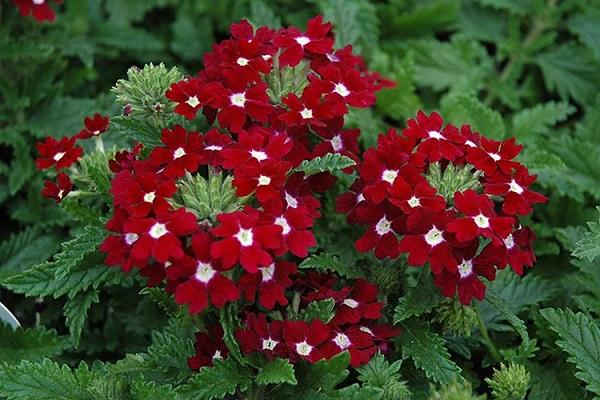
Landing in open ground
Before planting a flower in open ground, you should choose a place and prepare the soil for it.
Terms of planting works
This plant is planted outdoors in the last week of May. At this time, there is no longer frost at night, the weather is stabilizing, the air is warming up, and with it the soil. This is important for still immature and unhardened plants.
During the rooting period of the planted flowers, it is recommended to follow the weather forecast. In case of frost, it is necessary to make a shelter for the rudbeckia, for this you can use an agrospan. After the rooting of the flower, no frost is terrible for him.
If seeds are planted immediately in open ground, then this can be done only at the end of June.Important! When transplanting rudbeckia into open ground, the air temperature should not be lower than +18 ° C.
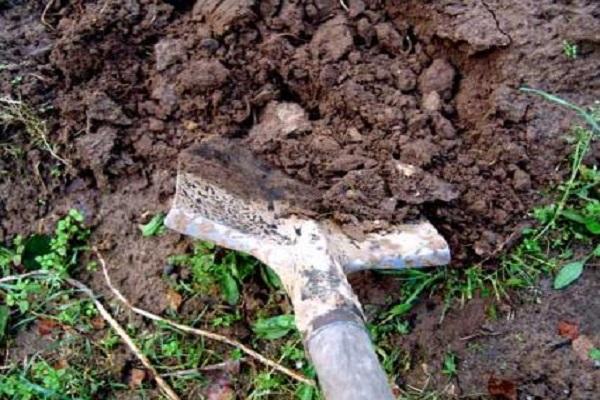
Preparing the place and the soil
Having chosen the most successful site for planting, you need to dig it up to a depth of 20-30 cm, remove all weeds and level the ground using a rake. If the soil is loamy, sand is added to it, which increases the permeability.
Next, holes are made, the distance between them should be from 40 to 70 cm, it all depends on the height of the future bush.If the holes are too close to each other, the plants will interfere with each other. Such bushes will not have abundant flowering.
Flower planting technology
The first step is to prepare the holes. After they have been dug up, they are poured abundantly with warm water. "Fitosporin" or several crystals of potassium permanganate are added to it.
Then plant the seedlings and cover them well with soil, lightly tamping them. It is recommended to lay a layer of mulch on top, because the plant will grow in one place for 3-5 years. The best material for mulching is compost. The thickness of the mulch should be about 8 cm.
Rudbeckia seeds can also be sown into open ground immediately after holding them in water. This will help "awaken" the material. They are mixed with clean sand before planting. It will help to distribute the seeds more easily along the grooves, which should be spaced 15 cm apart from each other.
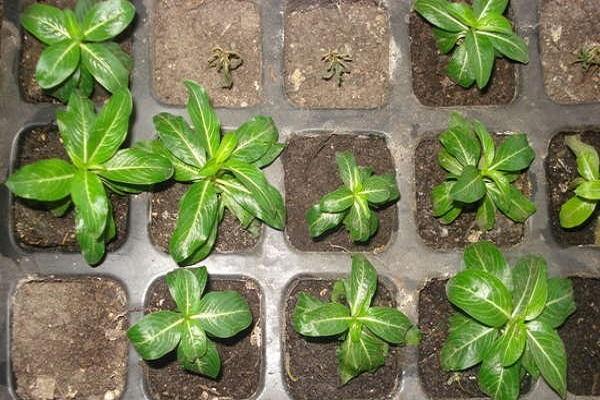
Rudbeckia care
Caring for a flower is quite simple, you just need to know how and when to water and fertilize, how to prune and transplant a plant to a new place, and also how to prepare rudbeckia for wintering.
Irrigation and fertilization
Young plants often need watering. But adult bushes are irrigated only during droughts, but this is provided that the rudbeckia grows on the right soil. If the summer is hot and without much rainfall, then without additional irrigation the bush will finish flowering long before the end of summer. After watering, it is necessary to lightly loosen the soil and remove weeds.
Fertilization for the first time should be two weeks after planting in open ground. And the second time during the laying of buds. The best option for this would be a universal complex fertilizer or a mullein-based solution. Also use a solution of wood ash and infusion of green grass.
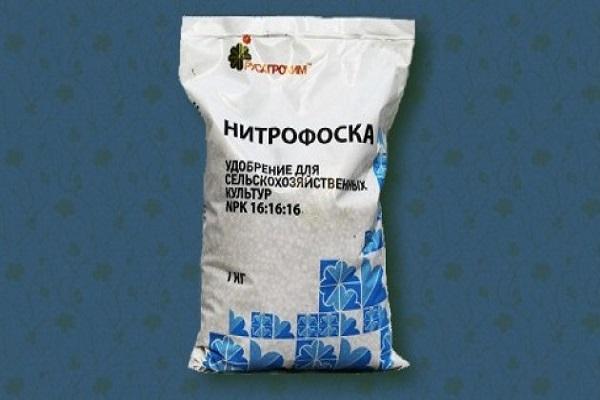
Before flowering, you can fertilize with the following feeding options:
- nitrophoska;
- potassium sulfate;
- Agricola 7.
All these drugs are diluted according to the same principle. In 10 liters of water, dilute 1 tbsp. l. fertilizers. For 1 sq. m should take 3 liters of solution. In 2-3 weeks after the beginning of flowering, such feeding can be repeated.
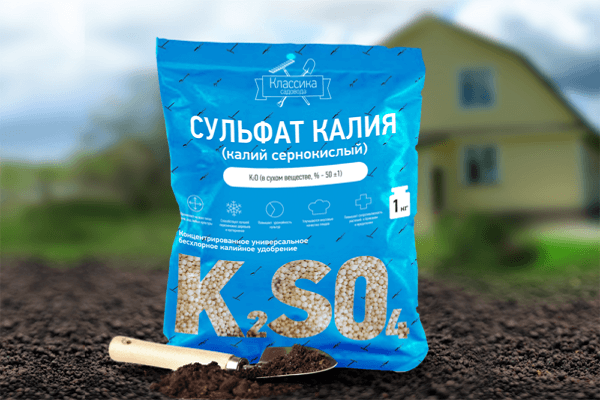
Formative and rejuvenating plant pruning
Throughout the flowering period, you should periodically inspect the bush and cut off the stems with faded inflorescences to the first healthy leaf. This is done so that the bushes retain their decorative effect and bloom longer. Thinning pruning is also carried out if the bushes are too thick. After such pruning, new growth appears.
In the fall, after the bush finishes flowering, the stems are cut to the very root for wintering. It is permissible not to do this, but to cut off the stems only in spring, this will not affect the health of the plant in any way.
We care after flowering
Blossoming of rudbeckia ends in autumn. The stems can be cut immediately afterwards. If, when pruning, any disease was found on the stems, for example powdery mildew or signs of other pathologies, then the trimmed material should be burned. Such bushes should not be sent to the compost heap.
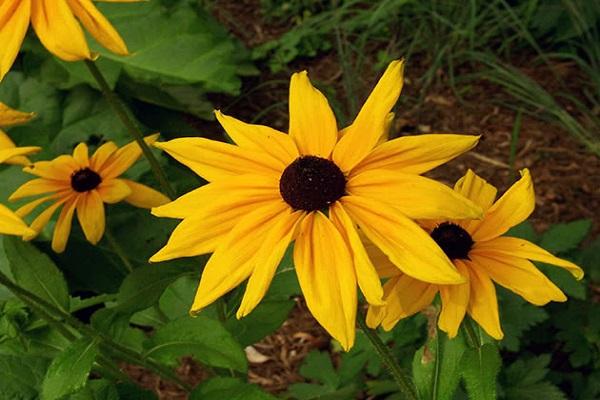
Transfer to a new location
A shrub that has been growing in one place for 4-5 years needs to be transplanted to a new place. The bush is transplanted in September-October or in March. This is the time when the plant has not yet entered the active growth phase or has already completed it. A good time of day is early morning or evening, after sunset.
The bush is dug up and divided into several parts. Pits are also dug in the new place and compost or humus is added to them. Bushes are placed in them and covered with fertile soil, tamping the soil. Immediately after transplanting, the flowers are watered abundantly.
Pests and diseases: prevention and treatment
A white bloom may appear on rudbeckia bushes, more often it appears on the lower part of the bush. These are signs of a disease called powdery mildew.In order to get rid of this disease, you should treat the bush with copper sulfate. For this, 80 g of copper sulfate is diluted in 10 liters of water. You can also use colloidal sulfur, which is diluted in the same way, or the drug "Skor".
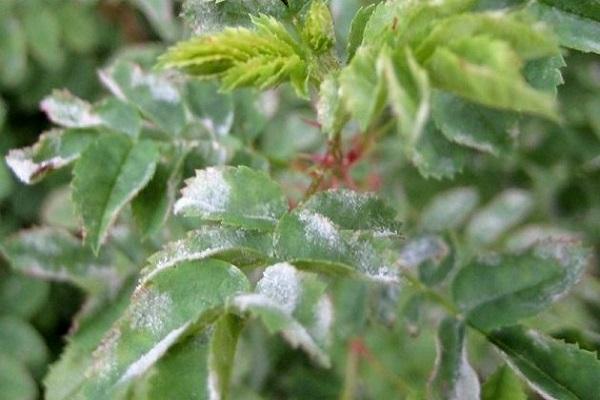
The appearance of brown spots on the foliage indicates that the plant is damaged by a leaf nematode. At the first signs of this disease, you must immediately treat the bush with a drug like "Nemagon", "Nemaphos" or "Basamid".
This is done only with perennial varieties of rudbeckia. Infected one-year or two-year-olds from this family are removed from the garden completely and destroyed to avoid spreading the disease.
Also, from pests, a caterpillar can attack the shrub, which eats the foliage of the flower. They are fighting with it with the help of insecticidal preparations.
The best prevention of these and all other diseases is proper flower care. With proper care, the plant has strong immunity, does not get sick and is extremely rarely exposed to pests.
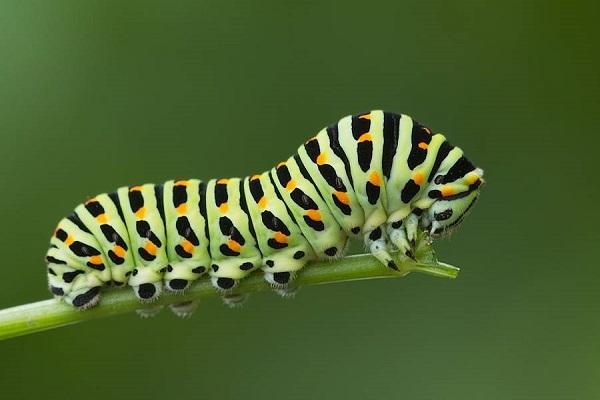
Preparing for winter
Preparing the shrub for winter consists in pruning and covering it. After all the bushes are cut off, they are covered with mulch. For this, humus, peat, spruce branches, dry foliage or grass are suitable. The mulch layer should be at least 7-8 cm.
If the winters are not too harsh, shelter may not be needed, but if a severe frost suddenly "hits" or there is a winter without much precipitation, it is highly likely that the rudbeckia bushes will freeze out.
The nuances of caring for rudbeckia, depending on the region of growth
Depending on the region where the flower grows, some nuances in caring for it may appear:
- Plants are planted in open ground in the northern regions in June, and in the southern regions at the end of April, in the central part, which includes the Moscow region, they are planted, as it should be, in May.
- This perennial flower is often grown as an annual plant in northern regions.
- In the northern regions, when choosing a place for planting shrubs, it is necessary to give preference to areas without strong drafts and flooding. In this region, nearby groundwater can harm the plant.
- For growing rudbeckia in Siberia, it is better to give preference to hybrids that were specially bred for difficult living conditions.
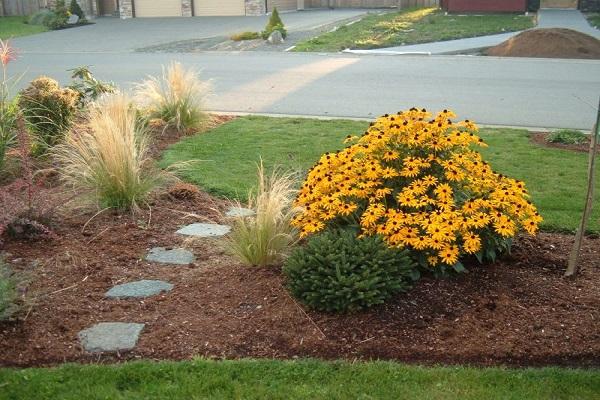
How a flower reproduces
This plant can be propagated in two ways: by seeds and by dividing the root system.
Seeds
Choosing seeds for reproduction, you can use two methods of growing: sowing directly into the ground and through seedlings.
More expensive and rare varieties are often planted through seedlings when there is a limited number of seeds. And immediately common varieties are sown into the soil, of which the gardener has quite a lot. But regardless of the option chosen, the material needs to be prepared.
Before sowing, the seeds are placed in water at a temperature of +20 ° C. They should be kept there for 15-20 hours. Then they are laid out on paper towels to get wet and remove excess moisture. The seeds are now ready to be sown.

When sowing seedlings, seeds are sown in boxes filled with soil and spilled with water a day before sowing. Shallow grooves are made in the soil and seeds are sown in them. Then fall asleep with a not thick layer of soil. A film or sheet of glass is placed on top of the box.
Seeds are sown in open ground in the same way as in boxes.Good to know! When sowing rudbeckia immediately into the ground, flowering will come only next season.
How and when to harvest rudbeckia seeds
You can start collecting seeds in September-October. This should be done in dry weather, in the daytime. Dry inflorescences are cut with scissors. Then they are cut in half and laid out on paper sheets. Leave in a dry, secluded place for a week so that they dry out completely.
Dry inflorescences are crumpled so that all the seeds spill out.They are folded into a paper bag and stored in a dry, warm place until spring. Such seeds will be usable for 3 years.
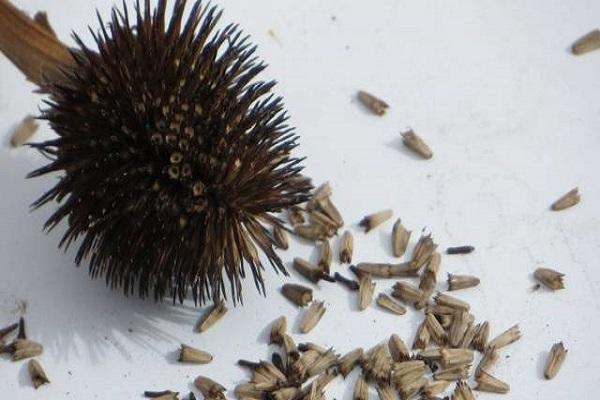
By dividing the bush
After the bush reaches 3 years of age, it can be propagated by dividing the rhizome. It is at this age that the root system is sufficiently formed for such manipulations.
A large bush is dug up and divided into several parts. For each part, a hole is dug, fertilizer is added to it and a part of the bush is planted in it. When transferring a bush to a new place, you should not remove the adhering earth from it, it is better to plant it with it. So the shrub will quickly take root and take root in the new territory. Upon completion of planting, the bushes must be watered.
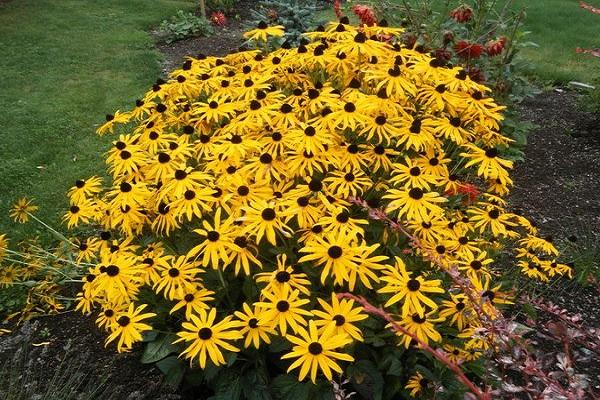
What problems can you face when growing a plant
Perennial rudbeckia is a fairly resistant plant, and problems with its cultivation rarely arise:
- Excessive watering can cause fungal diseases, including powdery mildew.
- In the absence of watering in dry weather, the flower may stop developing.
- Sometimes the root system freezes. This shrub is frost-resistant, but it can die during extreme cold.
- Having planted a flower through seeds collected by yourself, you may not get the desired result. The grown flowers may not have the characteristics of the mother bush.
The flower is a great option for decorating a garden or flower garden. It is often used by florists, since the inflorescences remain fresh for a long time after being cut. Rudbeckia are preferred for its unpretentiousness, beautiful and long flowering. If you follow simple guidelines, it won't be a big deal.
